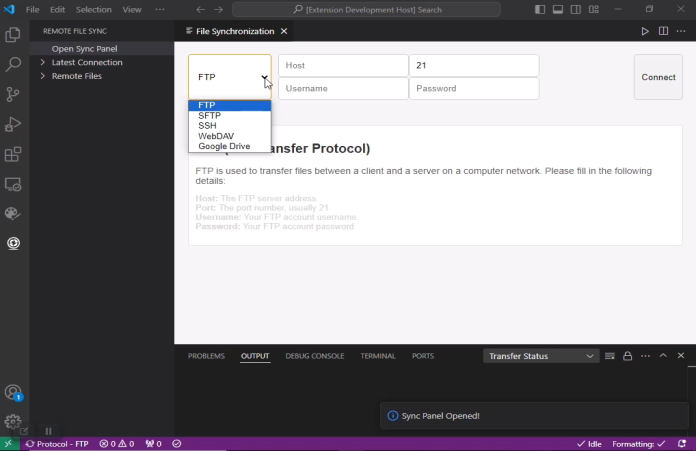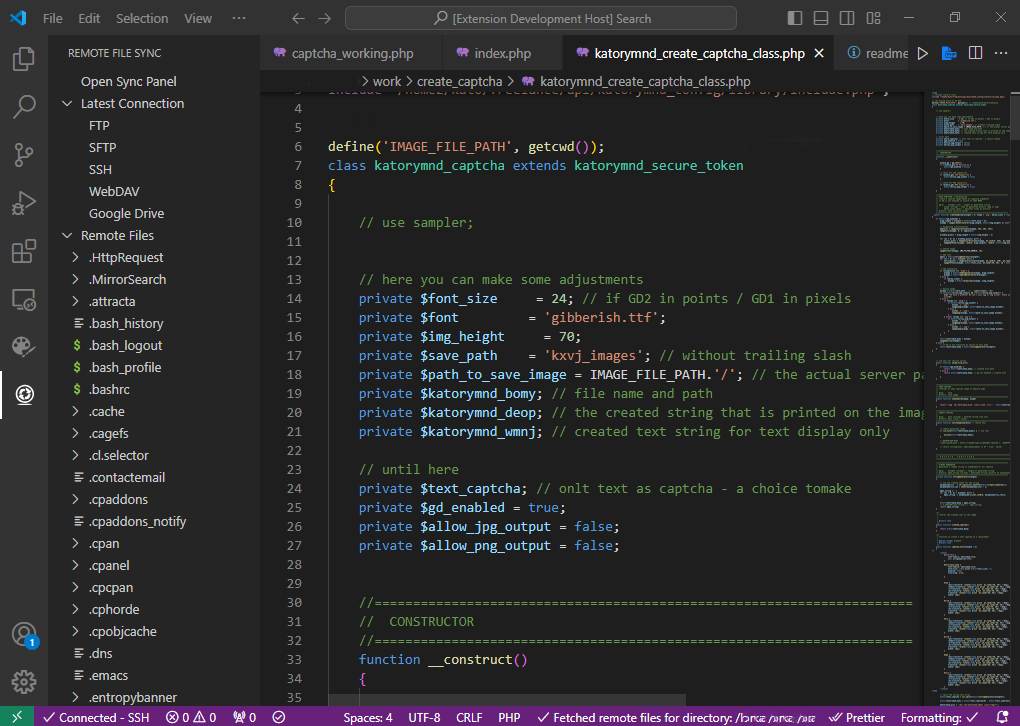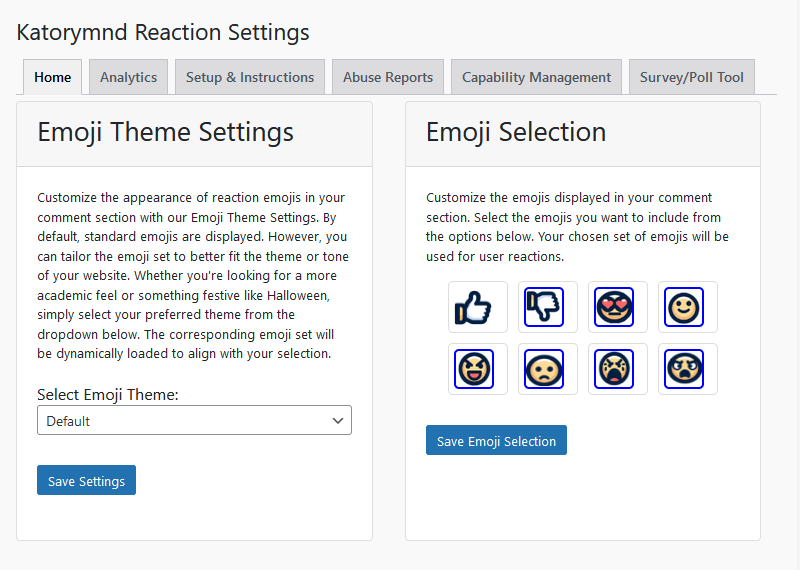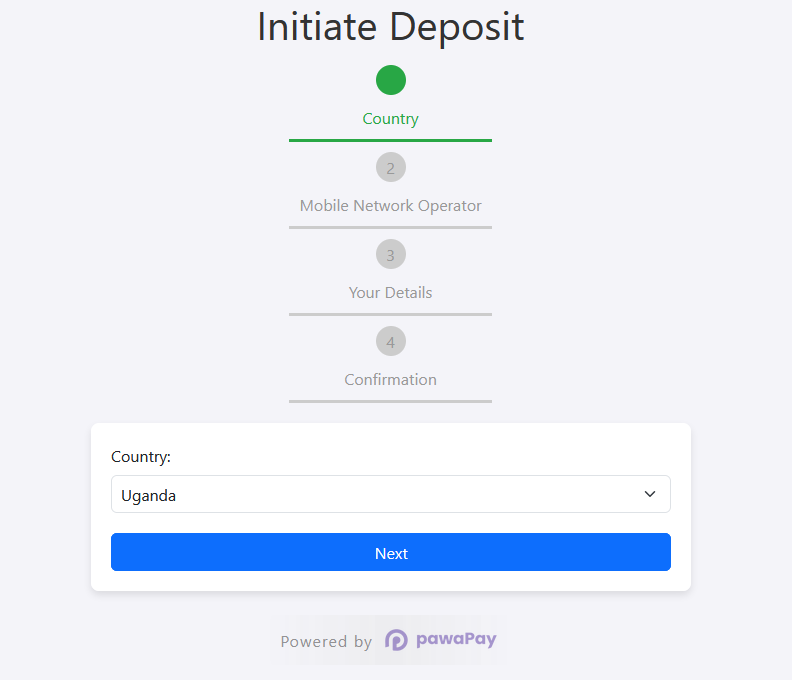Date: 2024-04-03 || Views: 622
Custom Login with WordPress Katorymnd Reaction Plugin
In the realm of WordPress, enhancing user engagement goes beyond mere content presentation. It involves creating an interactive ecosystem where users feel a part of your digital space. The Katorymnd Reaction Plugin steps in as a pioneer, offering more than just a way for users to react to content. It opens up a realm of possibilities for managing user data, especially in customizing the login process to align with your unique user data management strategy.
Integrating Custom User Data
The plugin allows for the specification of a custom database table for user details, deviating from the default WordPress users table. This functionality is crucial for websites with user information stored in custom formats. By specifying your custom table name and mapping column names to expected fields, you enable the Katorymnd Reaction Plugin to seamlessly interact with your user data.
// Specify custom table name
$table_name = 'custom_user_table'; // table storing your custom users details
// Map your custom table columns
$user_id_column_name = 'user_id';
$username_column_name = 'username';
$email_column_name = 'email';
$full_names_column_name = 'full_names'; // full names (both names)
$avatar_column_name = 'avatar'; // profile picture url link
Customizing the Login Process
Customizing the login process involves capturing user login attempts, validating credentials against your custom user data table, and managing user sessions securely. Here's how you can achieve this with the Katorymnd Reaction Plugin:
/**
* sample custom login sample
*
* Yours may may differ
* */
if ($_SERVER['REQUEST_METHOD'] == 'POST' && isset($_POST['login_nonce'], $_POST['log'], $_POST['pwd'])) {
if (wp_verify_nonce($_POST['login_nonce'], 'login_action')) {
global $wpdb;
$username = sanitize_text_field($_POST['log']); // Sanitizing the username/email recieved input value
$password = $_POST['pwd'];
$table_name = $wpdb->prefix . 'custom_user_table'; // your custom users table
$user = $wpdb->get_row($wpdb->prepare("SELECT * FROM $table_name WHERE email = %s OR username = %s", $username, $username));
if (!$user) {
$error_message = 'User not found.';
} elseif (!wp_check_password($password, $user->password)) {
$error_message = 'Incorrect password.';
} else {
/**
* katorymnd reaction plugin will use this section in verifying your logged users
* so that they can interact with plugin.
*/
// Generate a secure token and store it in the 'custom_user_sessions' table
$token = bin2hex(openssl_random_pseudo_bytes(16)); // Generate a secure token
$cookieExpiration = time() + (DAY_IN_SECONDS * 1); // Set the cookie to expire in 1 day
setcookie('custom_user_session', $token, $cookieExpiration, COOKIEPATH, COOKIE_DOMAIN, is_ssl(), true);
$user_id = isset($user->user_id) ? $user->user_id : $user->id; // Make sure to use the correct user ID property from your user object
// Define the session table
$session_table = $wpdb->prefix . 'katorymnd_kr_custom_user_sessions';
// Check if the table name is configured correctly
if (empty($table_name) || strpos($table_name, ' ') !== false) {
$error_message = "Table not configured correctly";
exit;
}
// Check if a session already exists for the user
$existingSession = $wpdb->get_var($wpdb->prepare(
"SELECT session_token FROM $session_table WHERE user_id = %d",
$user_id
));
if ($existingSession) {
// Session exists, update it
$success = $wpdb->update(
$session_table,
array(
'session_token' => $token,
'expires_at' => date('Y-m-d H:i:s', current_time('timestamp') + (DAY_IN_SECONDS * 1)) // Session set to expire in 1 day
),
array('user_id' => $user_id), // Where clause to find the existing session
array('%s', '%s'), // Value formats
array('%d') // Where formats
);
} else {
// No existing session, insert a new one
$success = $wpdb->insert(
$session_table,
array(
'user_id' => $user_id,
'session_token' => $token,
'expires_at' => date('Y-m-d H:i:s', current_time('timestamp') + (DAY_IN_SECONDS * 1)) // Session also set to expire in 1 day
),
array('%d', '%s', '%s')
);
}
if (!$success) {
if (!empty($wpdb->last_error)) {
$error_message = "Table not configured correctly";
error_log("WordPress database error: " . $wpdb->last_error);
}
exit;
}
// Your Redirection logic here once logged in
/*
if (!headers_sent()) {
header('Location: ' . esc_url(home_url()));
exit;
} else {
echo "<script>window.location.href='" . esc_js(home_url()) . "';</script>";
exit;
}
*/
}
} else {
$error_message = 'Security check failed.';
}
if (!empty($error_message)) {
// Make sure to output $error_message appropriately within your HTML
echo "<p class='error'>" . esc_html($error_message) . "</p>";
}
}
Handling Sessions and Redirects
Upon successful login validation, generating a secure token and managing user sessions is paramount. The plugin facilitates the creation of custom user sessions, which are stored in a dedicated table, ensuring a smooth and secure user experience.
Redirect users to the home page or a designated URL after successful login, maintaining a fluid user journey throughout your site. - you can use your redirection logic.
In conclusion, the Katorymnd Reaction Plugin extends WordPress functionality, offering innovative solutions for user engagement and data management. By customizing the login process, site owners can ensure a tailored and secure experience for their users, fostering a sense of belonging and community. Embrace the full potential of your WordPress site with Katorymnd Reaction Plugin, where engagement and customization meet to create a dynamic user experience.
Katorymnd Portfolio
Here is how I helped my clients reach their goals. Click on the portfolio websites.
Remote File Sync - VS Code Extension
A VS Code extension to manage and synchronize your remote and local files efficiently, supporting FTP, SFTP, SSH, WebDAV, and Google Drive connections.
Katorymnd Reaction Process - WordPress Plugin
A WordPress plugin that introduces a dynamic and interactive layer to your site, allowing users to express their feelings and thoughts on your content through a variety of reaction options.
pawaPay SDK - Payment Integration
The pawaPay SDK provides seamless mobile money integration into your PHP applications, enabling smooth transaction processing with powerful API features.
Get started now
© Copyright 2025 - Katorymnd Web Solutions - All Rights Reserved. Registered with Uganda Registration Services Bureau.












